First I have to say that it seems odd when “the olden days” refers to my childhood and not that of my grandparents! And as to quilting, it refers to the mid 70s for me.
I got my inspiration to reminisce from DesertSky Quilting who got her inspiration from Judy Laquidara’s Tell-It-To-The-Stars question. Much of my early quilt experience parallels that of Dezertsuz, except she started quilting about ten years ahead of me. So I got in when there were a few books.
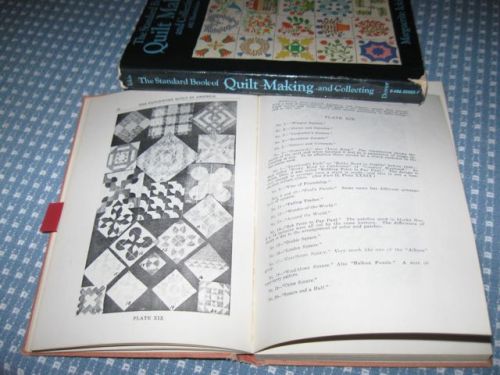 My how-to instructions came from Maguerite Ickis’ The Standard Book of Quilt Making and Collecting. She included a bit about each step of the quilting process, a few patterns, some embroidery stitches for crazy quilts, some history, and a few traditional block designs. She gave instructions for creating your own templates from a block design by folding paper into quarters, thirds, or fifths and categorized designs to go with each measure. She also showed how to draft patterns that used curves, circles, and angles different from 45-degree angles, designs beyond the paper folding method.
My how-to instructions came from Maguerite Ickis’ The Standard Book of Quilt Making and Collecting. She included a bit about each step of the quilting process, a few patterns, some embroidery stitches for crazy quilts, some history, and a few traditional block designs. She gave instructions for creating your own templates from a block design by folding paper into quarters, thirds, or fifths and categorized designs to go with each measure. She also showed how to draft patterns that used curves, circles, and angles different from 45-degree angles, designs beyond the paper folding method.
To supplement Ickis’ small collection of quilt blocks, I had The Romance of the Patchwork Quilt by Carrie Hall and Rose Kretsinger. Carrie Hall realized she couldn’t make every quilt in her lifetime, so she set out to make every patchwork block. She recorded every name for each block that she could find and gave a bit of quilt history. When I wanted to make something, I’d browse her block catalog, then use Ickis’ method for pattern drafting. It was sort of do-it-yourself patterns. So I never have been much of a pattern buyer.
Yet another supplement came along a few years later in the form of mail order catalogs for purchasing quilt block patterns. At this time I was quilting with a group of women from the Senior Center who were teaching some of us young ones how to hand quilt. They brought their catalogs–I don’t know if the mail order places were still functioning or if the women had just saved the catalogs. There was a thumb nail sketch of each block that was once available. We made photo copies of the pages that interested us–a relatively new copying technique, and costly, about $0.25/page. So we didn’t copy useless things like title pages. Now I would love to know which company had produced them.
My experience with templates is very like Susan’s, so I won’t repeat what you can get from her blog. Reading about her student’s creating metal templates made me search for mine. Not only did I find the templates, but also the envelope they came in with a return address. I’d seen an advertisement in Quilters Newsletter for metal templates by Lois and Jim Whitacre of Wellston, Michigan. They offered Master Set I, the basic shapes and sizes that could be combined into many of the traditional patterns. Master Set I could also be combined with Master Set II for quite an increase in possibilities. You can see by the rubbed off ink which ones I used the most. We could also special order templates for any pattern that was beyond the master sets. I did once, sending a magazine copy of a pattern. Lois wrote back that she had adjusted from the printed pattern because as printed it was not accurate. A nice extra service.
The older women who taught me quilting did nothing but hand sewing. They claimed machine sewing wasted thread with all the starts and stops. Obviously, chain piecing hadn’t yet appeared on the scene. There was a younger member who had gotten into Seminole piecing and machine stitched her strips, then subcut them. I don’t remember if she continued machine piecing for the next steps, but I think she did.
And of course we were hand-quilting snobs, turning up our noses at machine quilting. And I must admit that early machine quilting wasn’t very attractive. In later years as I have occasionally dipped into quilt history, it has been interesting to learn of quilts machine pieced and quilted from the time the sewing machine was invented, mostly on utility quilts. Our ancestors knew how to save time when necessary.
After about ten years of quilting, I moved to a smaller place which made sewing projects less appealing, then I headed to grad school which took away any potential time for sewing for a few years. When I re-entered, I was delighted with the new tools–rotary cutters, rulers, and mats–and quilt shops.

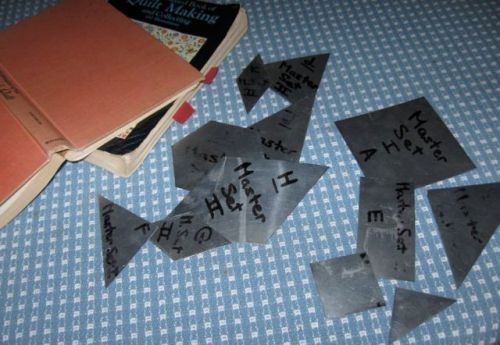


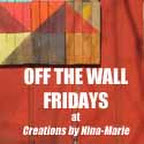


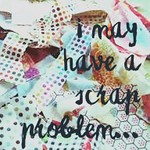
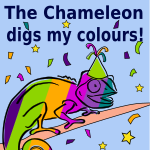





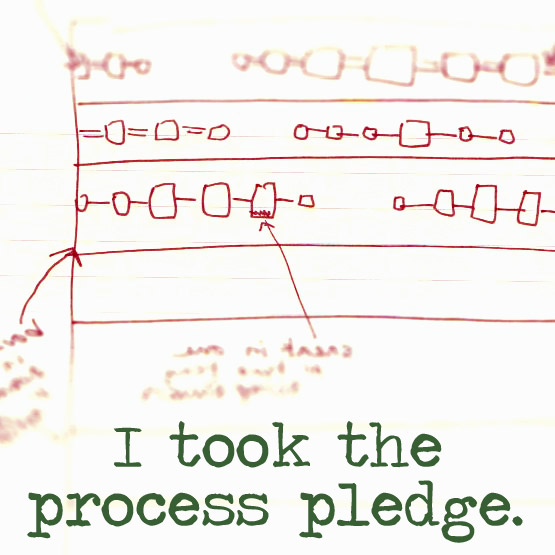

What fun to read, Claire! I still have those books, too. And there are still patterns in the Hall and Kretsinger book that I wanted to make and never have … yet! Thanks for sharing your history of quilting, too.
Thank you for a peak into your quilting history. I started quilting in 1991. So there was the rotary cutter and chain piecing! But I loved pouring through books looking for a pattern to make and then taking that pattern to the LQS and buying everything I needed. Now with the internet I now have fabric stash I never seem to use (but bought because its pretty or cute) because I still go buy fabric for each project! And my list of “Want to Makes” is growing faster than my productivity. No more pouring through books. 🙂
I have some quilting books from the seventies – it is incredible how the techniques have changed and all the new tools that we have now. Designs stay the same, but cutting is so much easier today.
isn’t if fun to look back on how we came to be quilters! I loved hearing your story. thanks so much for sharing..
I have a copy of her book. I found it at a thrift store. I collect old patterns when I can. I love looking at them and going back to them. I learned to quilt as a child before we had rotary cutters. Thanks for following me.
I have had the best time picking up old quilting books from Goodwill. Absolute treasures but almost all of them are black and white which makes things interesting.
I attempted a log cabin in the 70’s cutting stroud from tissue paper patterns. Ugh! My mom rescued it and later finished it. I adore our modern tools!
Boo for autocorrect… Strips for stroud…